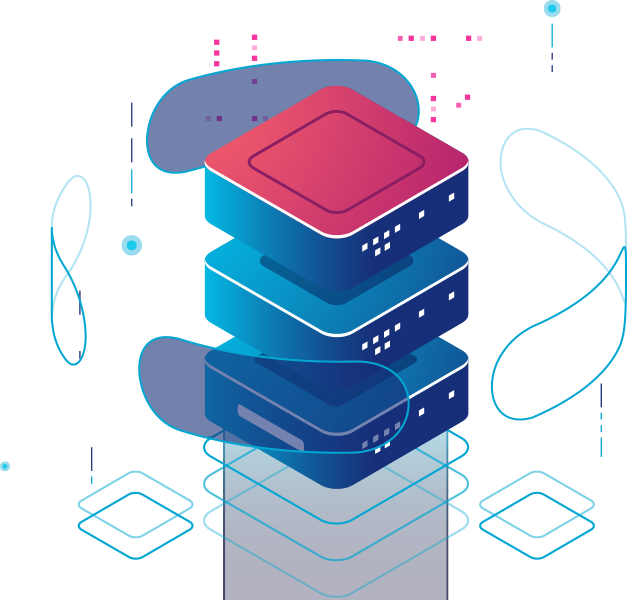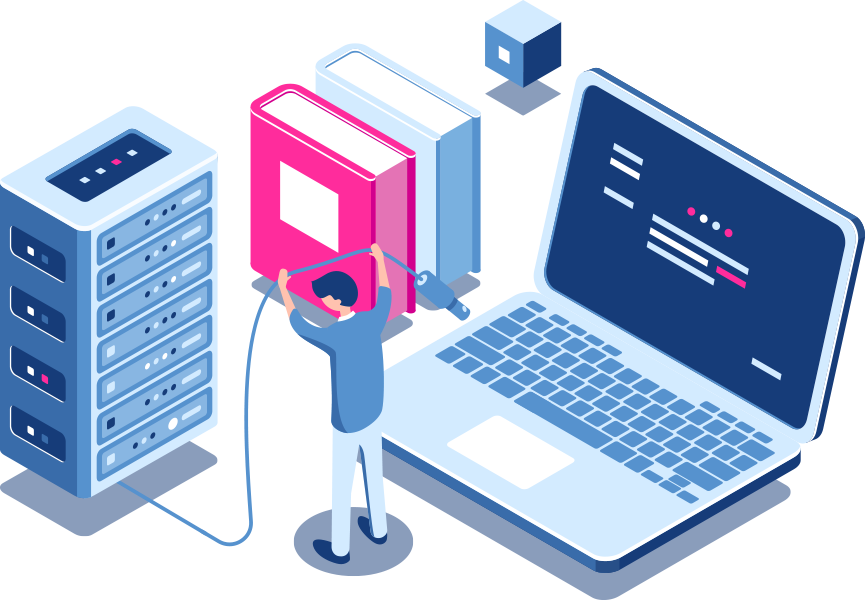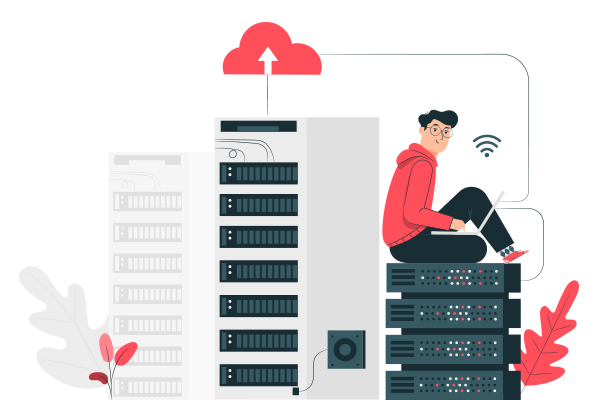zero lend is revolutionizing decentralized finance through innovative lending protocols
Zero lend represents a groundbreaking approach to peer-to-peer lending on blockchain networks. This platform eliminates traditional intermediaries by leveraging smart contracts for transparent transactions. Zero lend empowers users globally to access capital or earn interest on digital assets without centralized control. The core philosophy driving zero lend involves creating inclusive financial systems accessible to anyone with an internet connection.
Understanding the Zero Lend Ecosystem
Zero lend operates as a permissionless liquidity protocol where participants interact directly. The infrastructure of zero lend supports multiple blockchain networks, enhancing cross-chain compatibility. Users engaging with zero lend experience reduced transaction fees compared to conventional banking systems. Security within zero lend is paramount, utilizing audited smart contracts and decentralized governance mechanisms.
Core Mechanics of Zero Lend Protocols
Zero lend implements automated interest rate algorithms that dynamically adjust based on supply and demand. When lenders provide assets to zero lend pools, they receive representative tokens tracking their contributions. Borrowers accessing zero lend funds undergo collateralization processes protecting the ecosystem. The liquidation mechanisms within zero lend activate when collateral values dip below predefined thresholds.
Tokenomics of Zero Lend
The native utility token of zero lend facilitates governance participation and fee discounts. Token holders within zero lend ecosystems can propose and vote on protocol upgrades. Staking features in zero lend allow participants to earn rewards while securing the network. Deflationary mechanisms are embedded in zero lend token economics through strategic burn events.
Advantages of Choosing Zero Lend
Zero lend delivers unparalleled transparency as all transactions remain verifiable on-chain. The permissionless nature of zero lend enables global participation without discrimination. Users benefit from zero lend's non-custodial framework where they maintain asset control. Interest rates on zero lend typically outperform traditional savings products significantly.
Financial Inclusion Through Zero Lend
Zero lend bridges banking gaps for unbanked populations in developing regions. The minimal entry barriers of zero lend require only basic cryptocurrency knowledge. Mobile accessibility makes zero lend services available even in remote areas. Zero lend creates economic opportunities regardless of users' geographic location or credit history.
Security Architecture of Zero Lend
Zero lend employs multi-layered protection protocols including bug bounty programs. Regular third-party audits strengthen zero lend's defense against vulnerabilities. The decentralized governance model of zero lend prevents single points of failure. Insurance options within zero lend provide additional coverage for deposited assets.
Operational Framework of Zero Lend
Zero lend utilizes automated market maker (AMM) models for efficient asset pricing. Liquidity providers on zero lend earn fees from borrowing activities proportionally. The oracle systems integrated with zero lend ensure accurate real-time price feeds. Over-collateralization requirements in zero lend maintain system solvency during volatility.
Borrowing Process on Zero Lend
Prospective borrowers first connect compatible wallets to the zero lend interface. After selecting desired assets, users deposit approved collateral into zero lend vaults. The borrowing capacity within zero lend depends on collateralization ratios and asset types. Repayment schedules on zero lend feature flexible durations without early penalties.
Lending Mechanisms in Zero Lend
Capital providers deposit supported cryptocurrencies into zero lend liquidity pools. These contributions earn variable yields based on platform utilization rates. Withdrawals from zero lend pools process instantly without lock-up periods. Historical performance data demonstrates zero lend's competitive returns compared to industry alternatives.
Technological Innovations in Zero Lend
Zero lend incorporates zero-knowledge proofs for enhanced privacy in transactions. Layer-2 scaling solutions implemented by zero lend reduce gas fees substantially. The cross-chain bridges developed for zero lend enable seamless asset transfers between networks. Advanced risk management algorithms within zero lend monitor portfolio health continuously.
Governance Model of Zero Lend
Zero lend operates as a decentralized autonomous organization (DAO) where token holders govern. Proposals affecting zero lend protocols undergo community discussion before voting. Delegated voting mechanisms in zero lend allow busy participants to assign representation. Successful governance initiatives have shaped zero lend's development roadmap significantly.
Integration Capabilities of Zero Lend
Zero lend features comprehensive APIs for third-party service integration. Wallet compatibility spans major providers ensuring accessibility across zero lend functions. The upcoming zero lend software development kit (SDK) will expand customization options. Strategic partnerships continue broadening zero lend's ecosystem interoperability.
Future Development Trajectory for Zero Lend
Zero lend's roadmap includes mobile application deployment for enhanced accessibility. Planned institutional offerings will expand zero lend's market penetration. Research initiatives explore artificial intelligence implementations within zero lend ecosystems. The scalability solutions under development will position zero lend for mass adoption phases.
Expanding Asset Support on Zero Lend
Zero lend continuously evaluates new digital assets for platform integration. The community governance process determines which assets zero lend supports next. Real-world asset tokenization represents a strategic growth vector for zero lend. Multi-currency lending options will diversify zero lend's product portfolio.
Sustainability Initiatives in Zero Lend
Zero lend commits to carbon-neutral operations through renewable energy partnerships. The proof-of-stake consensus mechanisms adopted by zero lend minimize environmental impact. Treasury allocation within zero lend funds green blockchain research projects. Sustainability metrics will become transparent reporting components for zero lend.
Comparative Analysis: Zero Lend vs Traditional Finance
Zero lend operates continuously without banking hours restrictions or holidays. Transaction speeds on zero lend dramatically outperform conventional settlement systems. The global accessibility of zero lend contrasts sharply with geographically restricted banking. Operational costs within zero lend remain fractionally lower than legacy institutions.
Zero Lend's Position in DeFi Landscape
Zero lend differentiates through user experience focus and intuitive interfaces. The risk mitigation frameworks within zero lend exceed industry standards. Community-centric development distinguishes zero lend from corporate-controlled platforms. Continuous innovation maintains zero lend's competitive advantage in dynamic markets.
Adoption Metrics for Zero Lend
User growth statistics demonstrate accelerating adoption of zero lend services. Television metrics indicate increasing protocol utilization across market cycles. Geographic distribution data reveals zero lend's expanding global footprint. Institutional participation in zero lend has increased substantially throughout recent quarters.
Practical Applications of Zero Lend
Entrepreneurs utilize zero lend for uncollateralized business financing through reputation systems. Individuals leverage zero lend for emergency funds without credit checks. Investors employ zero lend strategies for yield optimization across market conditions. Non-profit organizations access zero lend for transparent donation management.
Educational Resources for Zero Lend
Comprehensive documentation supports new users navigating zero lend platforms. Video tutorial libraries explain zero lend functionalities through visual demonstrations. Community forums facilitate knowledge sharing among zero lend participants. The zero lend academy initiative provides structured learning pathways for DeFi education.
Risk Management in Zero Lend
Zero lend implements circuit breakers during extreme market volatility events. Collateral diversification options within zero lend mitigate concentration risks. The insurance protocols integrated with zero lend provide additional security layers. Stress testing simulations ensure zero lend's resilience against black swan scenarios.
Community Engagement in Zero Lend
Zero lend hosts regular community calls for transparent roadmap discussions. Ambassador programs recruit passionate advocates to spread zero lend awareness globally. Governance participation rewards incentivize active contribution to zero lend development. Multilingual support teams make zero lend accessible across diverse linguistic groups.
Developer Ecosystem Around Zero Lend
Zero lend maintains comprehensive technical documentation for builders. Hackathon sponsorships encourage innovation within zero lend's infrastructure. The grants program funds promising projects expanding zero lend's capabilities. Bug bounty initiatives enhance security while rewarding ethical hackers.
Regulatory Compliance Approach for Zero Lend
Zero lend implements know-your-customer (KYC) protocols where legally mandated. Anti-money laundering (AML) controls operate within zero lend's compliance frameworks. The legal structure of zero lend adapts to jurisdictional requirements globally. Regulatory technology integrations help zero lend maintain compliance efficiently.
Conclusion: The Zero Lend Impact
Zero lend transforms financial accessibility through decentralized technology infrastructure. The permissionless innovation model accelerates zero lend's feature development. Security remains foundational to zero lend's operational philosophy and technical architecture. As adoption increases, zero lend continues refining user experience while expanding capabilities. The economic models powering zero lend create sustainable value for all participants. Ultimately, zero lend represents more than technology - it embodies financial sovereignty principles.
Search on Youtube!











 Home
Home